 As ‘Movember’ begins, it’s important to educate ourselves on the various health issues that the event helps to raise awareness for, with some of the more infamous issues being those surrounding the prostate. Because of this, wellness app Evergreen Life would like to share with you their guide to prostate health and the health problems that can arise from it, so this Movember we can all do our bit to raise awareness.
As ‘Movember’ begins, it’s important to educate ourselves on the various health issues that the event helps to raise awareness for, with some of the more infamous issues being those surrounding the prostate. Because of this, wellness app Evergreen Life would like to share with you their guide to prostate health and the health problems that can arise from it, so this Movember we can all do our bit to raise awareness.
So what is the prostate?
The prostate is a gland. It is usually the size and shape of a walnut and grows bigger as you get older. It sits underneath the bladder and surrounds the urethra, which is the tube that carries urine out of the body. The prostate’s main job is to help make semen – the fluid that carries sperm.
What makes prostate problems more likely?
There are a number of factors that may make prostate problems more likely. These include:
Strong risk factors
• A family history of prostate problems. Figures show that you are two and a half times more likely to get prostate cancer if your father or brother has had it, compared to a man who has no relatives with prostate cancer. Your risk of getting prostate cancer may also be higher if your mother or sister has had breast cancer.
• Ethnicity. While more research is needed to explain why, figures show that African Caribbean men are 2-3 times more likely to develop prostate cancer than their white counterparts and black men are also more likely to develop prostate cancer at a younger age.
 Other risk factors
Other risk factors
• High calcium intake. A high calcium intake is linked with a higher risk of prostate cancer in many studies.
• Smoking. Smoking appears to result in worse disease. Stopping smoking is always a good idea.
• High cholesterol. There is ongoing debate around a possible link between cholesterol and prostate cancer. This started when a number of observational studies found that high cholesterol levels were associated with an increased risk of total or advanced prostate cancer. Some studies went on to report that those people taking statins, a drug that lowers your cholesterol, appeared to have a lower risk of having advanced prostate cancer. However, the link is far from proven and will need further research before we know if statins could actually protect against prostate cancer.
What you can do to try to keep your prostate healthy
There are a number of lifestyle changes or habits you can adopt to try to look after your prostate. These include:
• Eat tomatoes as part of a Mediterranean diet. Studies suggest that eating a lot of tomatoes is associated with a reduction in risk of prostate cancer. Tomatoes cooked in oil seem to have a more protective effect, so the Mediterranean diet seems to be most suitable.
• Eat fish. Studies show a 63% reduction in prostate cancer–specific mortality associated with higher total fish intake.
• Do exercise. Among men over 65 years of age, those who did vigorous activity had a 77% lower risk of advanced prostate cancer. Among men diagnosed with prostate cancer, physical activity has been linked to improved survival and decreased prostate cancer progression. Both vigorous and milder exercise appears to be protective and improves quality of life.
• Lose weight if you are obese. Being very overweight appears to make prostate problems more likely and to result in worse outcomes.
• Drink Coffee. Some studies suggest that men who drink many cups of coffee a day are less likely to develop prostate cancer regardless of whether it contains caffeine or not. It’s thought this may be down to the chemicals found in coffee: cafestol and kahweol. However, more research is needed.
• Vitamin D. There is early evidence that Vit D may be protective against prostate cancer. More research is needed but getting the right amount of vitamin D to support your overall health is important regardless.
 Prostate related problems
Prostate related problems
There are a number of problems and diseases that might affect your prostate. These include:
Benign prostate enlargement: Prostate enlargement is a very common condition associated with ageing. More than 1 in 3 of all men over 50 will have some symptoms of prostate enlargement. It’s not known why the prostate gets bigger as you get older, but it is not caused by cancer and does not increase your risk of developing prostate cancer. An enlarged prostate can put pressure on the urethra, which can affect how you urinate.
Prostate cancer: In the UK, prostate cancer is the most common type of cancer in men, with more than 40,000 new cases diagnosed every year. It’s not clear why it occurs, but your chances of developing prostate cancer increase as you get older. The condition mainly affects men over 65, although men over 50 are also at risk.
Prostatitis: Prostatitis is inflammation (swelling) of the prostate gland. It can be very painful and distressing, but will often get better eventually. Prostatitis can come on at any age, but usually between 30 and 50.
Signs and symptoms of prostate problems
There are a range of symptoms that may indicate prostate problems. These can include:
• Difficulty starting or stopping urinating
• A weak flow of urine
• Straining when peeing
• Feeling like you’re not able to fully empty your bladder
• Prolonged dribbling after you’ve finished peeing
• Needing to pee more frequently or more suddenly
• Waking up frequently during the night to pee
• Blood in semen
• Blood in urine
What do my symptoms mean?
If you do experience any of the symptoms listed above, you must talk to your GP. It may be a minor issue, but it is not possible to distinguish between cancerous and non-cancerous (benign) enlargement of the prostate by symptoms alone. So, you need to see your GP if you notice any problems with, or changes to, your usual pattern of weeing. It’s also very important to talk to your doctor if you see any blood in your urine or semen.
 Going to the GP for prostate problems
Going to the GP for prostate problems
If you do go to the GP for any of the symptoms mentioned above, here’s what you may experience:
Questions
• Your GP may ask you about your medical history, including emotional, physical, psychological, sexual, social issues.
• Your GP may ask you a series of questions about any symptoms to better understand your International prostate symptom score (IPSS). This questionnaire can help your GP in determining which treatment option is best for you and then monitoring any improvement.
• You may be asked to fill in a urine frequency volume chart over a number of days.
Review
• Your GP may also review all current medication, including herbal or medicine you can buy at the chemist.
Physical examination
• Your GP may carry out an examination of your tummy, external genitals and examination of your rectum with a finger in order to feel the size and denseness of the prostate.
Tests
• You may be offered a urine test for possible infection.
• You may also be offered blood tests to check your kidneys are working properly.
• You may be offered a prostate Specific Antigen Test (PSA test), a test to check for cancer of the prostate (read more about this below in the next section).
Further investigation
• You can expect to be referred to a team specialising in the management of urological cancer within 2 weeks if the GP finds:
– A hard, irregular prostate on rectal examination
– A high (or rising) PSA after blood tests
– Significant blood in the urine
You may be offered an MRI scan of the prostate to help doctors decide if you need further tests and treatment. You may need other tests, such as a biopsy. This involves taking small samples of your prostate and checking them for cancer.
Support
• Your GP should offer you reassurance and lifestyle advice and provide access to support for relevant physical, emotional, psychological, sexual and social issues.
 New research from the men’s grooming platform, and dating app, Humanery has identified the intrinsic link between self-care and a potential partners’ attractiveness. First impressions do count, with stats showing women are in favor of those who engage in self-care, and Gen Z are unafraid of telling a date they need to make more of an effort.
New research from the men’s grooming platform, and dating app, Humanery has identified the intrinsic link between self-care and a potential partners’ attractiveness. First impressions do count, with stats showing women are in favor of those who engage in self-care, and Gen Z are unafraid of telling a date they need to make more of an effort. 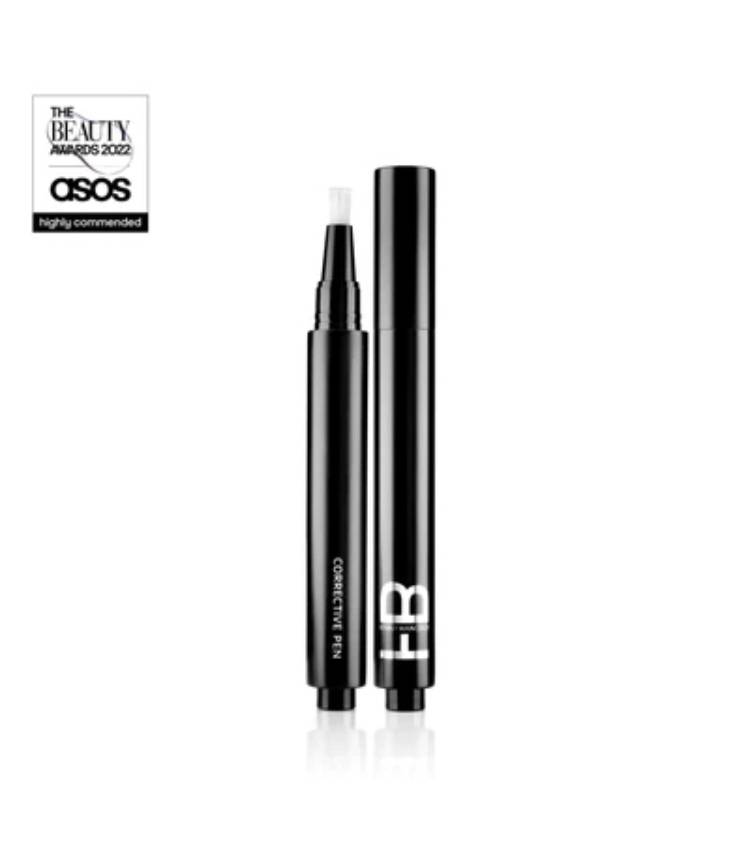
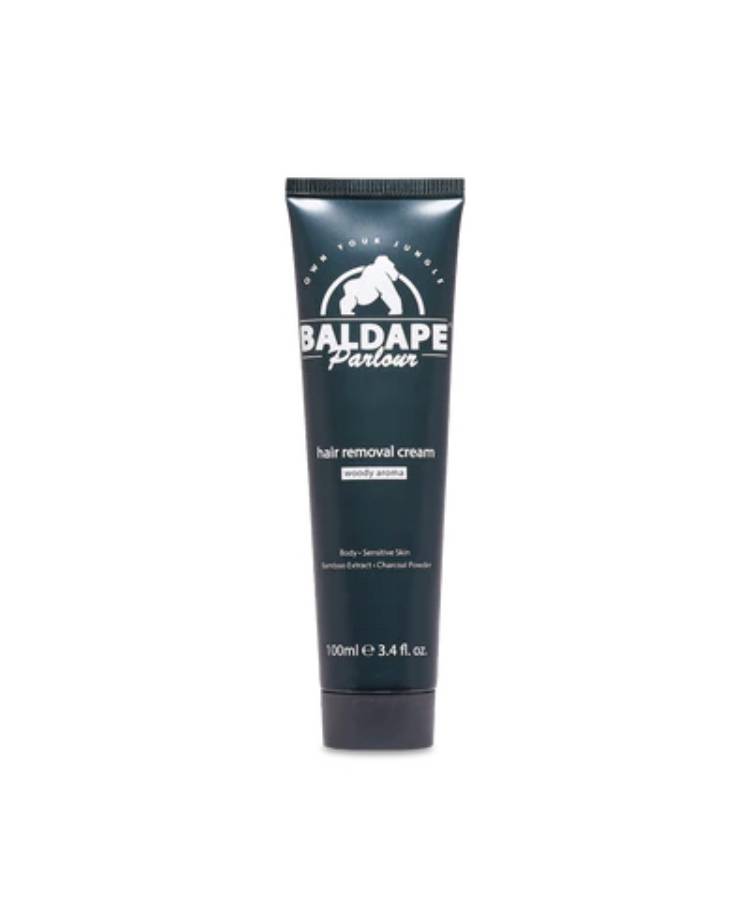
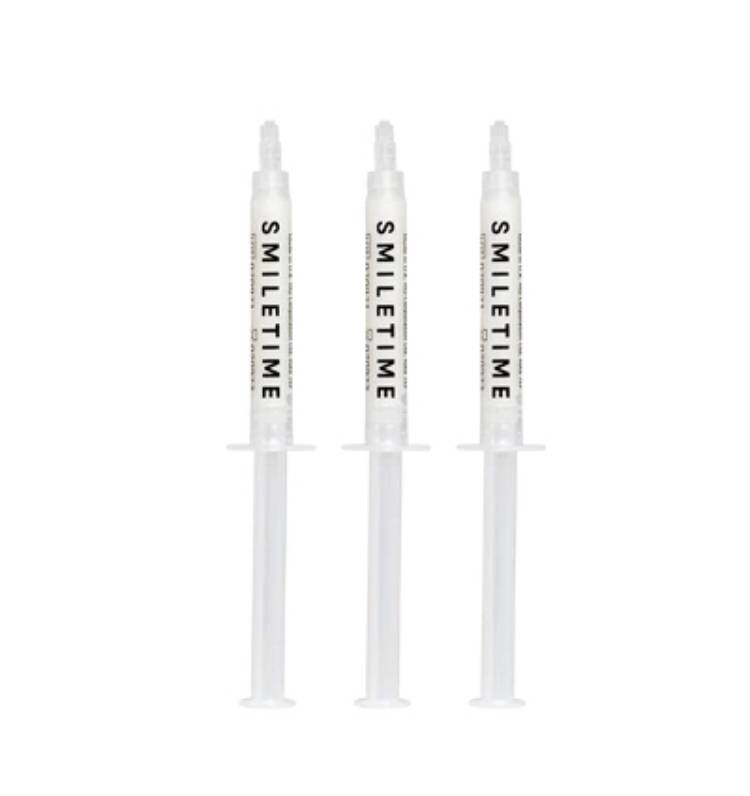
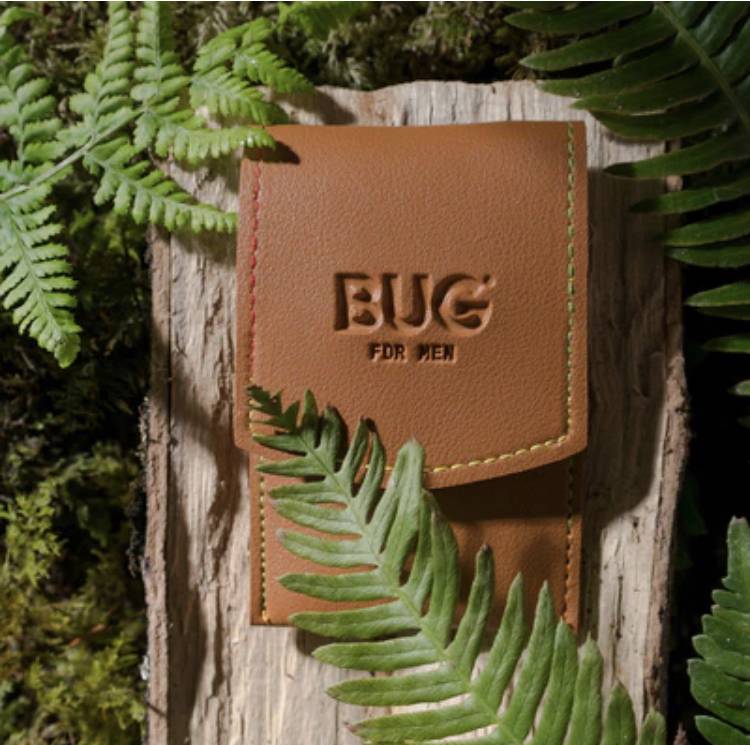
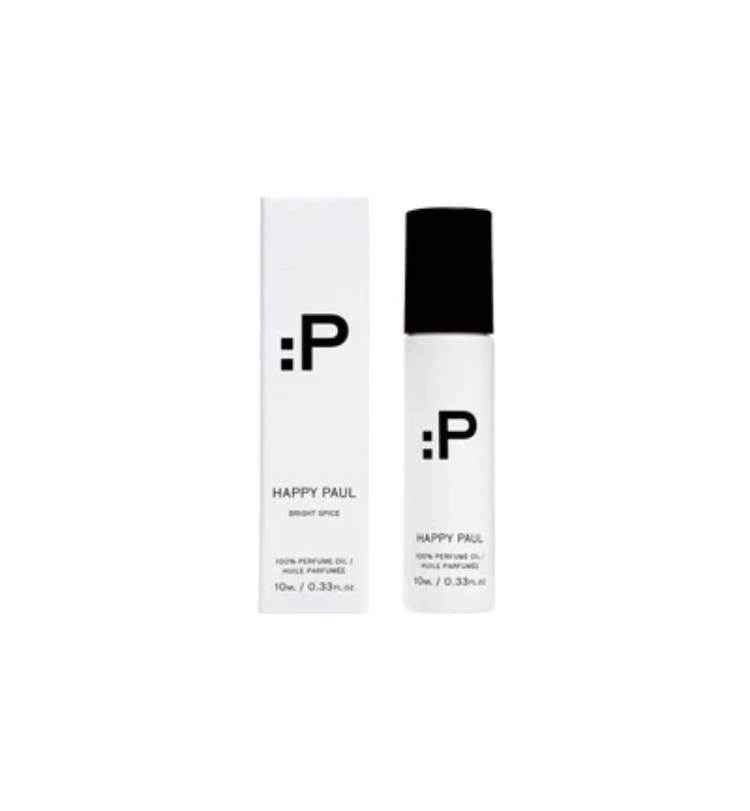
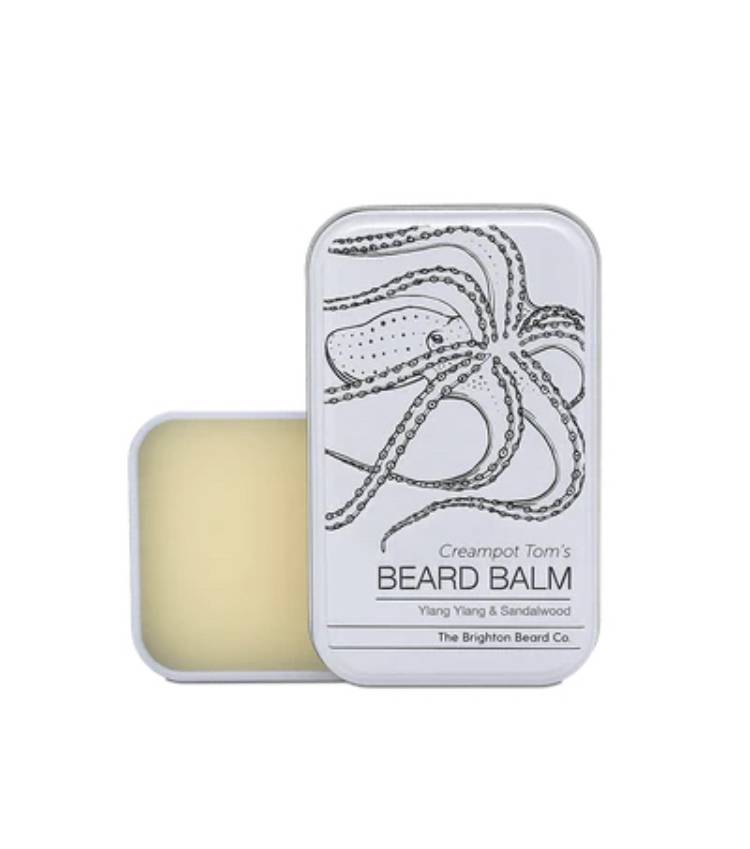
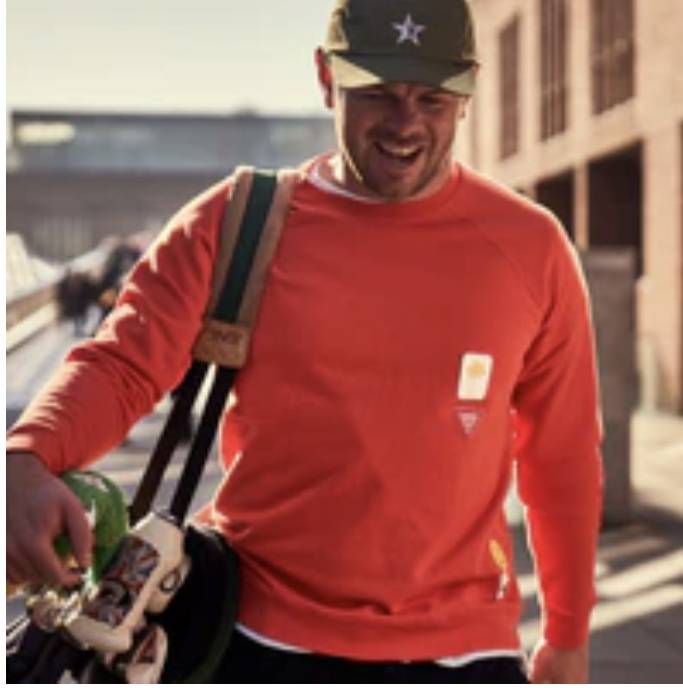
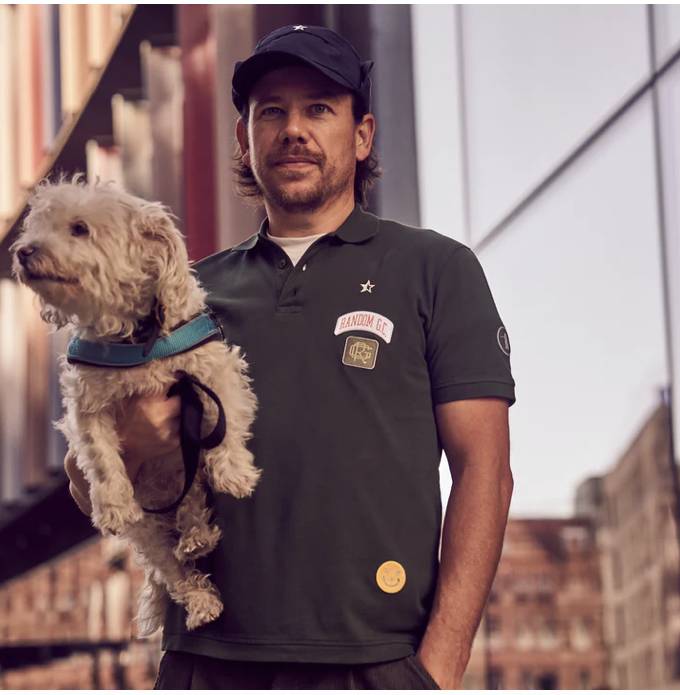 There latest endeavour is a collaboration with Random Golf Club, the golf community founded by film-maker and entrepreneur Erik Anders Lang. Random Golf Club was born out of a love for community – the community all golfers find when you tee it up on the first hole with a complete stranger, and walk down the first hole with a new friend. The business was founded by Erik Anders Lang, who wanted to create a vehicle to share that camaraderie and opportunity with anyone – regardless of their background, experience or history with the game.
There latest endeavour is a collaboration with Random Golf Club, the golf community founded by film-maker and entrepreneur Erik Anders Lang. Random Golf Club was born out of a love for community – the community all golfers find when you tee it up on the first hole with a complete stranger, and walk down the first hole with a new friend. The business was founded by Erik Anders Lang, who wanted to create a vehicle to share that camaraderie and opportunity with anyone – regardless of their background, experience or history with the game.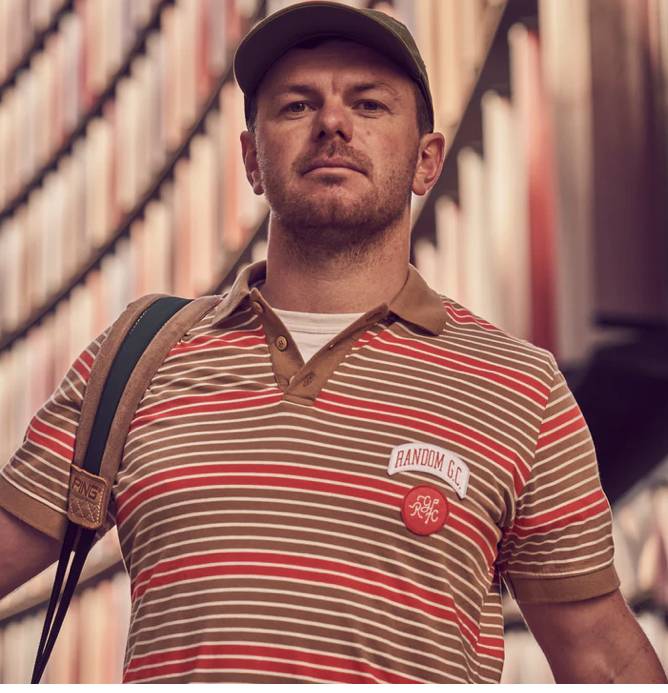 Sounder will also launch the collection at a pop up shop in Shoreditch (
Sounder will also launch the collection at a pop up shop in Shoreditch (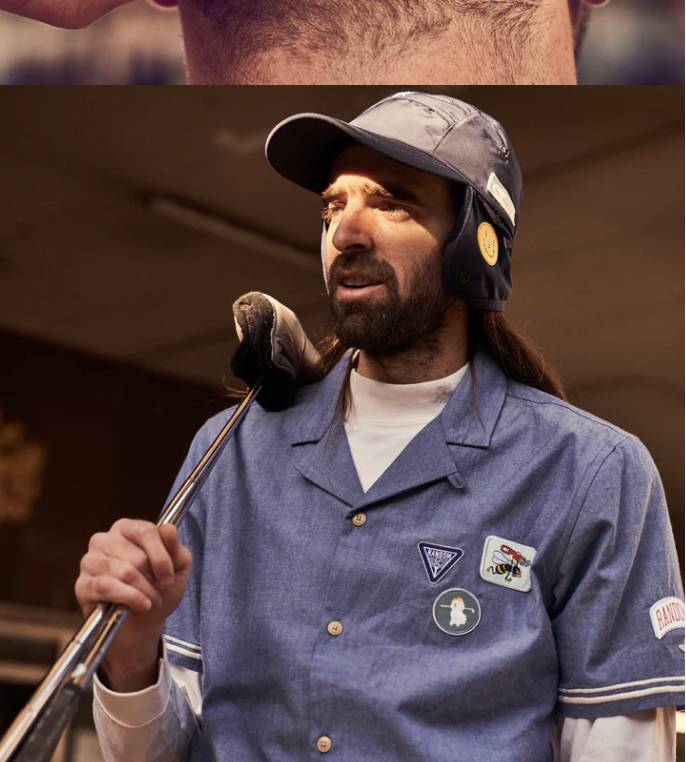 The Sounder Clubhouse brought a festival feel to the world’s oldest golf major, with DJ sets, live music, art exhibitions, food and drink, and a missed-cut party on the Friday night.
The Sounder Clubhouse brought a festival feel to the world’s oldest golf major, with DJ sets, live music, art exhibitions, food and drink, and a missed-cut party on the Friday night.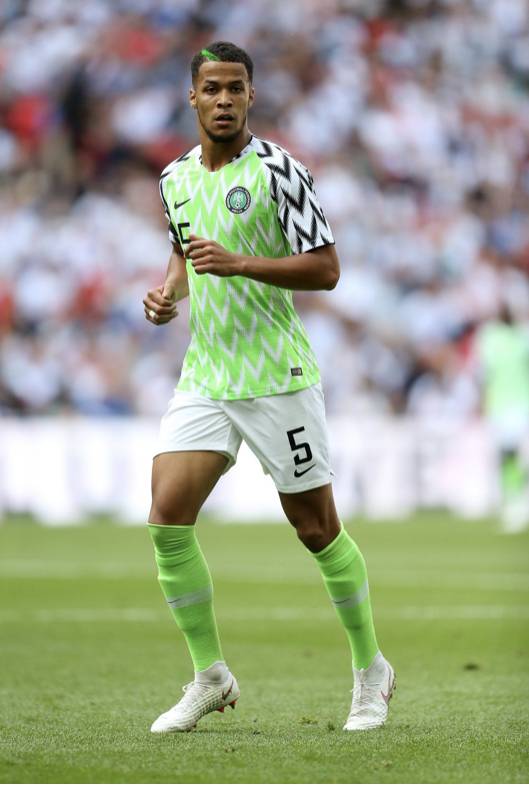 Although the superstar defender for Nigeria has had many questionable hairstyles over the years, his dramatic green stripe on top of a low bald fade during the 2018 World Cup was one of his most iconic.
Although the superstar defender for Nigeria has had many questionable hairstyles over the years, his dramatic green stripe on top of a low bald fade during the 2018 World Cup was one of his most iconic.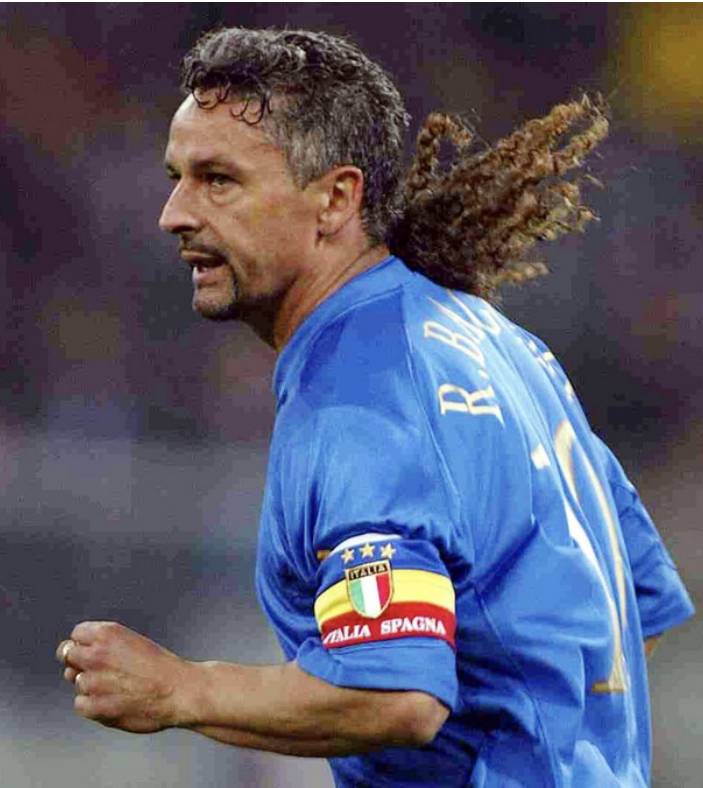
 The Portuguese striker fashioned his unique haircut during the 2018 World Cup that was a slight cross between a buzz cut and a crew cut and has a high hard part razored in. This set a trend for men all around the world that year and is still pretty popular to this day. In addition to being a little more stylish than a traditional buzz cut, it is a good haircut for men with coarse or frizzy hair.
The Portuguese striker fashioned his unique haircut during the 2018 World Cup that was a slight cross between a buzz cut and a crew cut and has a high hard part razored in. This set a trend for men all around the world that year and is still pretty popular to this day. In addition to being a little more stylish than a traditional buzz cut, it is a good haircut for men with coarse or frizzy hair.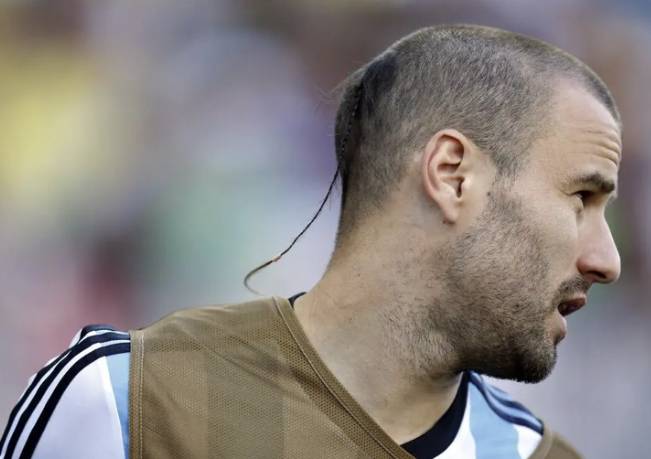 Rodrigo Palacio received a lot of attention at the 2014 FIFA World Cup for his throwback rat tail haircut. Many have speculated that this was the worst haircut in World Cup history, but we think it was iconic
Rodrigo Palacio received a lot of attention at the 2014 FIFA World Cup for his throwback rat tail haircut. Many have speculated that this was the worst haircut in World Cup history, but we think it was iconic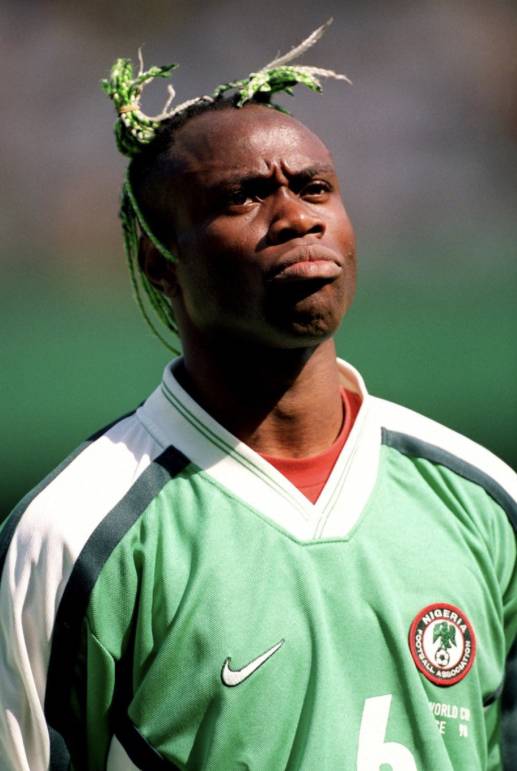 Nigerian defender Taribo West was a distinctive feature of his country at the 1998 World Cup, thanks to his distinctive haircut. He appeared with his green braided hair, which matches the colour of his national team shirt, and kept this tradition up by appearing in different hair colours according to the colours of the clubs he played in.
Nigerian defender Taribo West was a distinctive feature of his country at the 1998 World Cup, thanks to his distinctive haircut. He appeared with his green braided hair, which matches the colour of his national team shirt, and kept this tradition up by appearing in different hair colours according to the colours of the clubs he played in.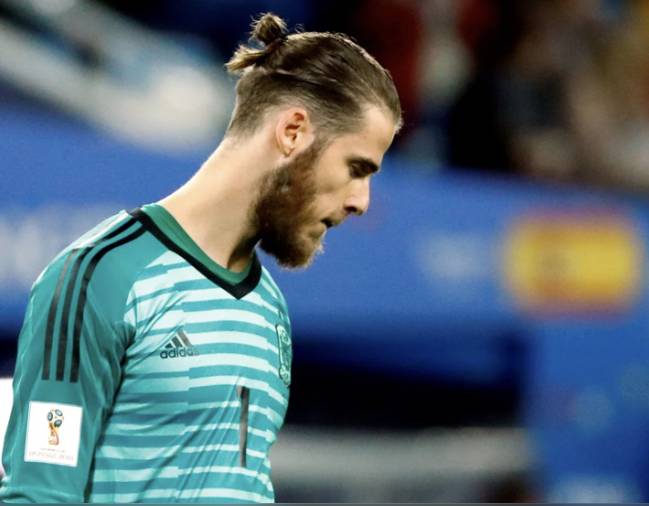 One of the more modern iconic World Cup hairstyles comes from Spanish goalkeeper David De Gea and his man bun. Many have tried to recreate this hairstyle, but be warned, it’s not for everyone. Our top tips: Go long! Tie your hair back and up into a bun shape. Keep it low for a more masculine finish.
One of the more modern iconic World Cup hairstyles comes from Spanish goalkeeper David De Gea and his man bun. Many have tried to recreate this hairstyle, but be warned, it’s not for everyone. Our top tips: Go long! Tie your hair back and up into a bun shape. Keep it low for a more masculine finish.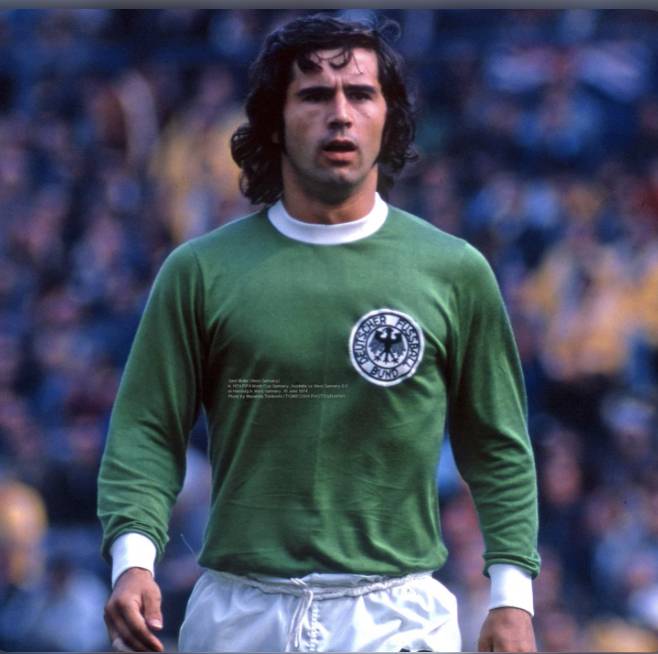 Gerd Müller’s mullet throughout 1974 was one of the first ever iconic FIFA World Cup hairstyles. Although mullets were quite popular at this time, Müller still had an influence and many began copying his iconic hairdo.
Gerd Müller’s mullet throughout 1974 was one of the first ever iconic FIFA World Cup hairstyles. Although mullets were quite popular at this time, Müller still had an influence and many began copying his iconic hairdo.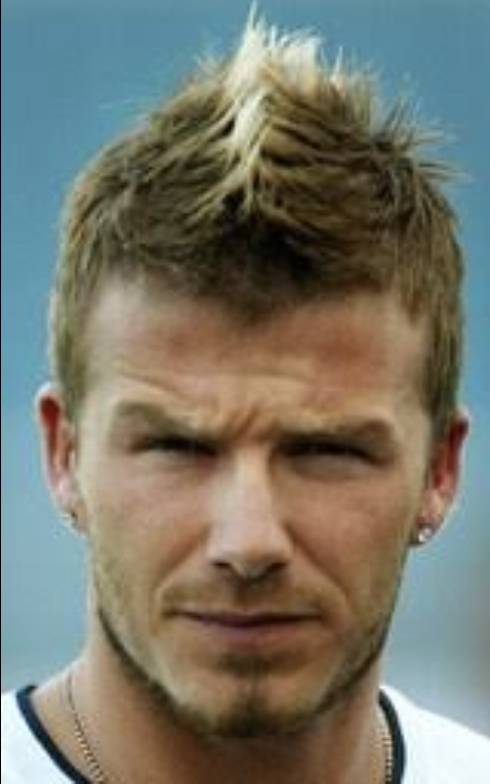 David Beckham’s mohawk took England by storm in the summer of ’02. The hairstyle, which he launched at the FIFA World Cup defined a generation, and the iconic hairstyle was copied by young men all across England that year.
David Beckham’s mohawk took England by storm in the summer of ’02. The hairstyle, which he launched at the FIFA World Cup defined a generation, and the iconic hairstyle was copied by young men all across England that year. Why did the Romania FIFA World Cup team die their hair bleached blonde? This was probably one of the most asked questions in 1998! The iconic hairstyle instilled and inspired a sense of team spirit, not only within the team, but throughout the entire country.
Why did the Romania FIFA World Cup team die their hair bleached blonde? This was probably one of the most asked questions in 1998! The iconic hairstyle instilled and inspired a sense of team spirit, not only within the team, but throughout the entire country.  The former Barcelona, Inter Milan and Real Madrid striker sported a shaved head, except for a semi-circle-shaped patch on his forehead ahead of the 2002 FIFA World Cup. The iconic hairstyle – if you can call it that – inspired men all over the world to do the same, and the bizarre hairstyle was seen everywhere you went.
The former Barcelona, Inter Milan and Real Madrid striker sported a shaved head, except for a semi-circle-shaped patch on his forehead ahead of the 2002 FIFA World Cup. The iconic hairstyle – if you can call it that – inspired men all over the world to do the same, and the bizarre hairstyle was seen everywhere you went.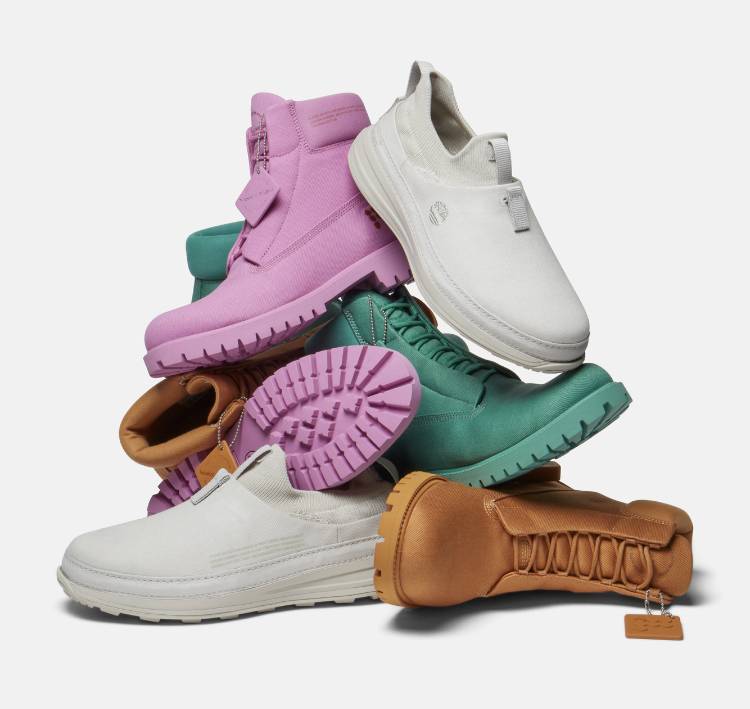
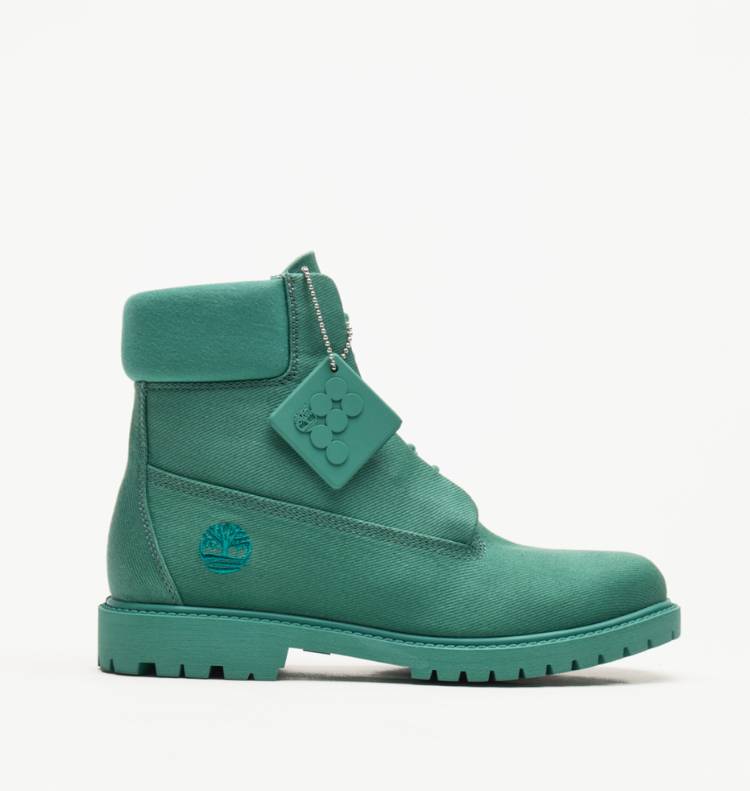
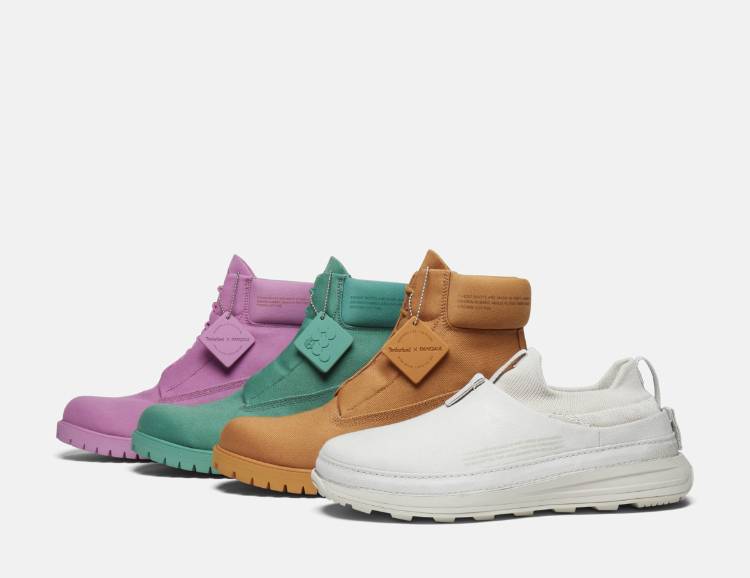
 As ‘Movember’ begins, it’s important to educate ourselves on the various health issues that the event helps to raise awareness for, with some of the more infamous issues being those surrounding the prostate. Because of this,
As ‘Movember’ begins, it’s important to educate ourselves on the various health issues that the event helps to raise awareness for, with some of the more infamous issues being those surrounding the prostate. Because of this,  Other risk factors
Other risk factors Prostate related problems
Prostate related problems Going to the GP for prostate problems
Going to the GP for prostate problems